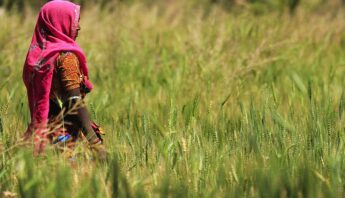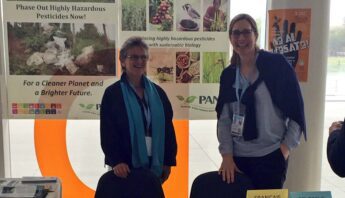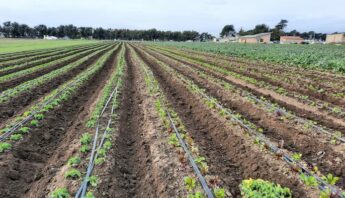I was born 20 miles from the Canadian border, as the crow flies. Childhood runs for a 'mack' and regular trips to the border were common. But this week, my Canadian journey was quite different: to Ottawa, seat of the Canadian government, and to a convergence of over 50 pesticide regulators from 30 countries, the global CEO of the pesticide industry, grower organizations, and PAN.
I had the honor of representing PAN at the 1stInternational Gathering of Heads of Pesticide Regulatory Authorities, convened by the Canadian government. The meeting offered a rare opportunity to think outside the box with pesticide rulemakers from around the world.
In my plenary presentation to the delegates, I reinforced PAN's global message: to protect human health and the environment, we need a paradigm shift that runs all the way down. Effective (and enforced) pesticide rules must be paired with robust, proactive investment in agroecology – the science and practice of sustainable agriculture.
On-the-ground evidence of harm
The first point of evidence came from PAN International’s global report, Communities in Peril, which documents that 30 years of pesticide rules alone just haven’t worked. Key findings:
- Of the 2,200 people interviewed in Asia, Africa and Latin America, the vast majority couldn't afford or find effective equipment that protected them from pesticide exposure.
- More than 1/3 of those interviewed had experienced immediate pesticide poisoning symptoms, and were worried about chronic health problems.
- In California and the U.S., pesticides are in the air in levels that concern both communities and EPA officials.
I shared with delegates PAN's firm belief that we need a new food system, and that the building blocks for this change already exist. We need a food system that connects, rather than alienates. One that offers resiliency and strength in the face of climate change and resource shortages. One that provides solid returns for communities. And one that grows healthy soil and yes, indeed: good food. Around the world.
Science and practice from around the world reinforces this truth: we need to collectively jump off the pesticide treadmill, and invest in innovative, place-based food and farming. Bottom line: we need to wrestle the farmers’ toolbox out of Monsanto, et al’s hands.
Meeting the challenge
Some tidbits from the Ottawa meeting that offered me hope:
- 100% IPM: The new European Commission (EC) law on pesticides ends the use of many highly hazardous products. All farmers across the European Union will adopt integrated management by 2014.
- Bees and wild pollinators: the group was alive with scientists and policymakers seriously worried for bees, and staying up late at night to analyze the best science that can help us find a fix.
- Global attention is building for a real green revolution: We know this from the ground, but indeed, Mark Davis, the global UN Food and Agriculture Organization representative in attendance presented FAO’s framework for this movement – Save and Grow.
Truth be told, though, as I heard the struggles of government leaders from around the world, the challenges we face became both crystal clear and overwhelming. This threat is, though, also our opportunity. The health of our people, future generations and the ecosystems upon which we all depend are on the line.
The regulatory process is slow, and the pesticide industry is fierce and funded. It will take us all, from each corner of the world, working together (yes, even the pesticide regulators!) to change course. PAN will keep on being there, from Penang to Argentina, from Illinois to Ottawa. And our strength is in the science, and in the powerful push of each of you.







